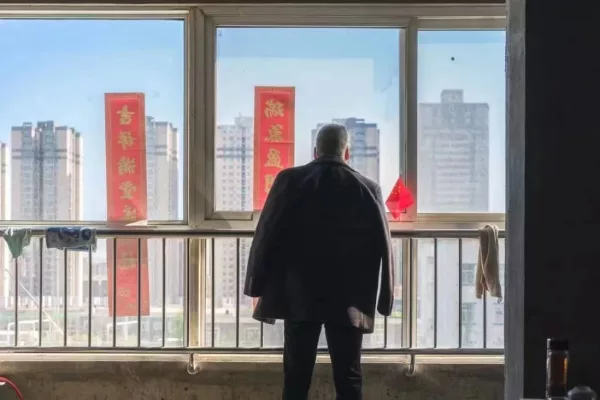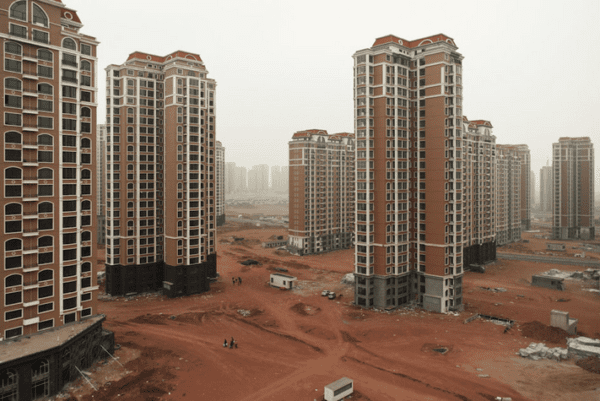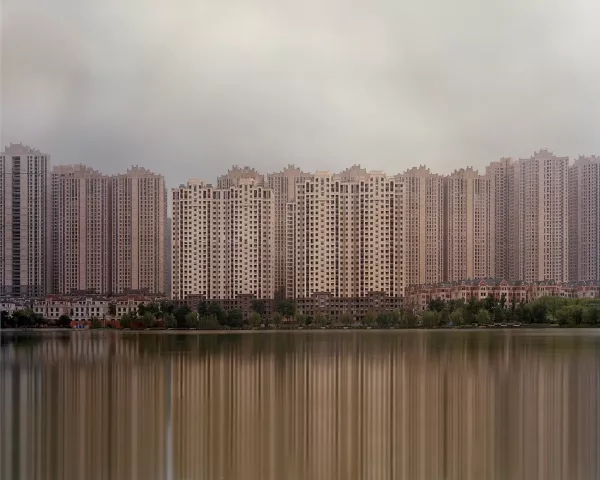In recent years, China has made headlines for its tremendous economic development and growing global influence. Nonetheless, there is rising fear that the country’s economic and social issues are being disregarded in the middle of its accomplishments. Despite its fast growth, China is confronted with a variety of issues that are eroding the country’s foundations. China’s population strategy, which has resulted in an aging population and workforce shortages, is one of the most serious concerns. Next, the country’s response to the COVID-19 epidemic has also had a significant economic and social impact. To make the matter worse, China’s currency exchange rate and increasing debt crisis are putting the country’s financial stability under strain. At the same time, tensions between China and the US are rising, and President Xi Jinping’s growing consolidation of power raises concerns about the country’s political future. While the country has made significant progress in recent years, it remains to be seen whether it will be able to maintain its growth in the face of these problems.
China’s one-child policy, enacted in 1979 to restrict population growth, has had enormous ramifications for the country. While the program successfully lowered the country’s birth rate, it resulted in a fast-aging population and a labor deficit. According to the Chinese Academy of Social Sciences, China’s over-60 population will reach 400 million, or 30% of the total population, by 2035. This demographic transition will throw a tremendous strain on China’s social welfare system, notably in terms of healthcare and retirement benefits. Nevertheless, the labor force is contracting, with the working-age population falling by 40 million between 2010 and 2020. As a result, there is a severe labor shortage in industries such as manufacturing and construction. Because of workforce scarcity, labor prices have risen, eroding China’s competitive edge in low-cost manufacturing. While the Chinese government has eased the one-child policy in recent years, allowing couples to have two children, it is unclear whether this will be enough to address the country’s demographic issues.
This is just the beginning… To continue, look at this picture.

It’s an old man just standing there and looking out of the window. This is a man – Li Zhu’e, who lives in an unfinished house. And to use the bathroom, he goes down to the toilet from the 13th floor. There are millions of people like this in China. And here are pictures of new buildings, and ghost towns that are unfinished.

All of this is a consequence of the largest crisis in the Chinese real estate market, which accounts for a quarter of China’s economy, so what is happening now is a very big threat to the entire system. The point is that it was a common practice in China for developers to sell unfinished apartments and continue construction with the proceeds. But the Chinese authorities issued a law that severely limited the financing opportunities for large real estate developers, and everything started to go downhill. Even in 2021, China’s largest builder Evergrande declared a default. People began to withdraw the money they had paid for unfinished apartments en masse. As a result, companies are unable to continue their construction. That is why you can now see a large number of half-built ghost towns in China. Sometimes people who paid the last money for these apartments simply have no choice but to live in unfinished apartments. And the Chinese authorities do not seem to care much about such people. They are more focused on international issues. This crisis is caused only by the actions of the political party in China. The issue shows that the country is run by not-so-qualified people who make mistakes like anyone else.

But that isn’t all. China has a more serious problem, a problem that will never be solved by the Chinese Communist Party and might lead to its demise in the future. Do you know what Xi Jinping did as soon as he became China’s leader in 2012? He and all of the senior authorities visited museums of Chinese national heritage, indicating that restoring China’s past glory was his top priority. China initiated a comprehensive ideological indoctrination as soon as he took control. Propaganda has never been more prevalent, and the party’s dominance has only expanded. It is critical to recognize that no firm will be at ease in such circumstances. Private enterprises are increasingly becoming state-owned. For example, consider AliExpress, which the government seized from its creator, Jack Ma. Foreign investors, understandably, feel frightened and, as a result, begin to withdraw their funds from China in large numbers. Consider that the Chinese tech giant Tencent lost up to $7 billion in investments in the second half of 2022 alone. Throughout this time, Alibaba has cut its investment in half. They are presently lower than ever in the international arena.
Adding to that China’s stance on Russia’s invasion of Ukraine. There has been no denunciation of Russia as an aggressor. No action to achieve peace. Merely the same tired refrain: “We respect all countries’ sovereignty and territorial integrity.” As a result of Xi Jinping’s policies, an increasing number of significant corporations are leaving China and relocating to countries such as Vietnam, Malaysia, and Indonesia, where there is also plenty of cheap labor. Few investors would be willing to spend millions on a firm knowing that it may be nationalized at any time.
And now that you’ve learned everything, do you believe that all of China’s fantastic economic metrics are “true”? Consider this: the state statistics agency, which is entirely controlled by the party, is the only official source of data on the Chinese economy. Even according to the agency, China’s GDP increased by 3% in 2022, this is extraordinarily low, especially given that the economy has risen at an annual rate of 8.6 percent during the last few decades. But, credible independent specialists, such as those at the Rodion Group Center, believe that the growth rate was considerably lower, at most 2.5 percent. And the issue here is not with the statistics agency. Remember that China is immersed in communist ideology, and every farmer or corporate director will be preoccupied with putting up high figures on paper and appearing in front of the party. They don’t care about the actual outcome since all they worry about is retaining their position for the following term. See any analogy here? There have also been instances when data has been purposefully falsified when the heads of local branches have been replaced for the new official to display higher performance. For example, at the end of 2015, one Chinese province reported income that was 127% greater than the actual number.
To conclude, over the last decade, China has been able to show everyone that they are one of the most powerful countries on the way to leadership. But behind the screen of impressive economic performance, no one has noticed China’s huge problems inside, and as we know, domestic politics can play a key role. Only recently have they begun to make their mark: an aging population (one of the oldest in the world), the effects of covid, the collapse of the real estate market, and rigid ideological policies. And this is not to mention other problems, such as Taiwan, oppression of national minorities… All of these are factors that will not allow China to catch up with the United States in the near future…
Featured image: File photo of Chinese president Xi Jinping | Bloomberg







